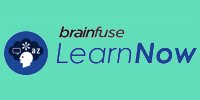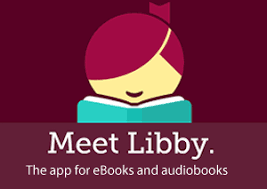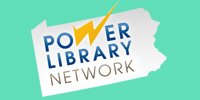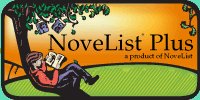Most of us have a favorite author.
We’ll read anything as long as it’s by our favorite author. Many of us have a favorite genre. We’ll read any author as long as it’s a mystery, a thriller, a romance, or even a work of non-fiction. There is much talk these days about “thinking outside the box.” On that theme, it might be fun to “read outside the box!” The following authors are masters of their craft. Just for fun, consider reading works by the writers who influenced some of your favorite best-selling contemporary authors.
Stephen King, arguably the current master of horror and the macabre, has personally recommended “The Hunger” by Alma Katsu and “I Am Legend” by Richard Matheson.
King acknowledges Matheson as the writer who influenced him the most, while the Encyclopedia of Science Fiction calls Matheson’s work “perhaps the very peak of all paranoid SciFi.” Speaking of the macabre, Joyce Carol Oates is another writer known for unusual storylines. Oates considers herself as having been “deeply influenced” by Franz Kafka as well as having a “writerly kinship” with James Joyce.
David Baldacci’s early influences were Harper Lee, Truman Capote and William Faulkner.
John Grisham also acknowledges William Faulkner’s influence, as well as authors John Steinbeck and John Le Carre. Grisham has gone on record saying that he frequently rereads Le Carre’s “The Little Drummer Girl.” Current favorite Louise Penny, a Canadian, acknowledges the influence of Agatha Christie, Dorothy L. Sayers and Michael Innes (the pseudonym of John Innes MacIntosh), all three of them British.
While Nathaniel Philbrick writes acclaimed non-fiction on subjects in American history, he credits novelist Anne Tyler as a big influence on his writing for her sense of life as a survival tale of ordinary people being nibbled to death by loss.
The hugely popular contemporary social scientist Malcolm Gladwell has said that “The Person and the Situation” by Richard Nisbett and Lee Ross is the book that has most affected him. Gladwell read it in one sitting and says that Nisbett, a University of Michigan psychologist, “Basically gave me my view of the world.”
Fiction or non-fiction, familiar or new, each book we read has the potential to become part of our view of the world and our place in it.
NEW BOOKS:
ADULT FICTION:
“Out of the Attic,” V.C. Andrews
“When You See Me,” Lisa Gardner
“The Museum of Desire,” Jonathan Kellerman
“Cilka’s Journey,” Heather Morris
“The Dutch House,” Ann Patchett
“Blindside,” James Patterson and James O. Born
“Crooked River,” Douglas Preston and Lee Child
“Golden in Death,” J.D. Robb
Adult Non-Fiction::
“Home Work: A Memoir of My Hollywood Years,” Julie Andrews
“Hymns of the Republic: The Story of the Final Year of the American Civil War,” S.C. Gwynne
“The Phantom Prince: My Life with Ted Bundy,” Elizabeth Kendall
“A Very Stable Genius: Donald J. Trump’s Testing of America,” Philip Rucker and Carol Leonnig
“Open Book,” Jessica Simpson
“Martha Stewart’s Organizing: The Manual for Bringing Order to Your Life, Home & Routines,” Martha Stewart
Juvenile:
“Star Wars The Rise of Skywalker: The Visual Dictionary,” Pablo Hildalgo
“Dear Sweet Pea,” Julie Murphy
“Magic Tree House: Narwhal on a Sunny Night,” Mary Pope Osborne
“Minecraft: The End,” Catherynne M. Valente.
Children’s Picture Books:
“Pig the Tourist,” Aaron Blabey
“Pete the Cat: Five Little Bunnies,” Kimberly and James Dean
“Disney’s Frozen 5-Minute Stories,” Disney Book Group
“The Little Snowplow Wishes for Snow,” Lora Koehler
“Grumpy Monkey Party Time!” Suzanne Lang
“Maybe You Should Fly a Jet! Maybe You Should Be a Vet!” Dr. Seuss













